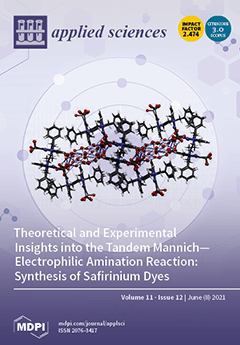It is challenging to extract reliefs from ancient steles due to their rough surfaces, which contain relief-like noise such as dents and scratches. In this paper, we propose a method to segment relief region from 3D scanned ancient stele by exploiting local surface
[...] Read more.
It is challenging to extract reliefs from ancient steles due to their rough surfaces, which contain relief-like noise such as dents and scratches. In this paper, we propose a method to segment relief region from 3D scanned ancient stele by exploiting local surface characteristics. For each surface point, four points that are apart from the reference point along the direction of the principal curvatures of the point are identified. The spin images of the reference point and the four relative points are concatenated to provide additional local surface information of the reference point. A random forest model is trained with the local surface features and, thereafter, used to classify 3D surface point as relief or non-relief. To effectively distinguish relief from the degraded surface region containing relief-like noise, the model is trained using three-class labels consisting of relief, background, and degraded surface region. The initial three-class result obtained from the model is refined using the
k-nearest neighbors algorithm, and, finally, the degraded region is re-labeled to background region. Experimental results show that the proposed method performed better than the state-of-the-art, SVM-based method with a margin of 0.68%, 3.53%, 2.25%, and 2.36%, in accuracy, precision, F1 score, and SIRI, respectively. When compared with the height- and curvature-based methods, the proposed method outperforms these existing methods with accuracy, precision, F1 score, and SIRI gains of over 4%, 20%, 11%, and 12%, respectively.
Full article





